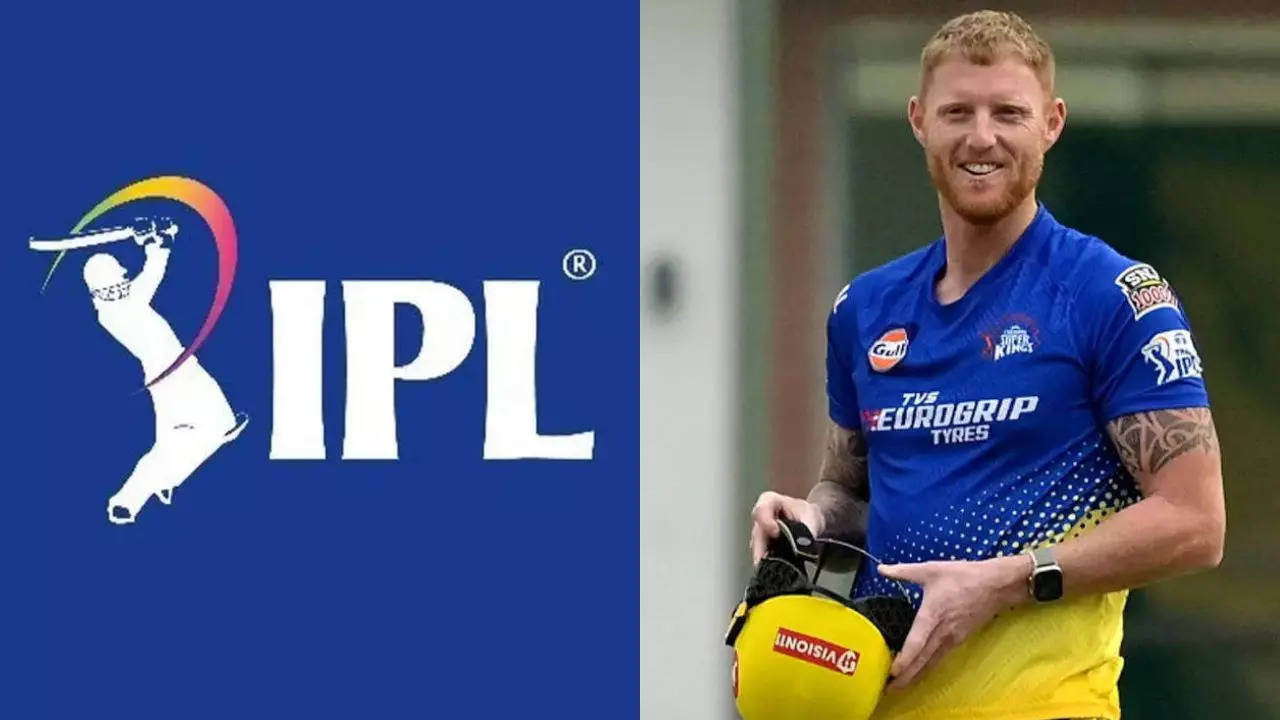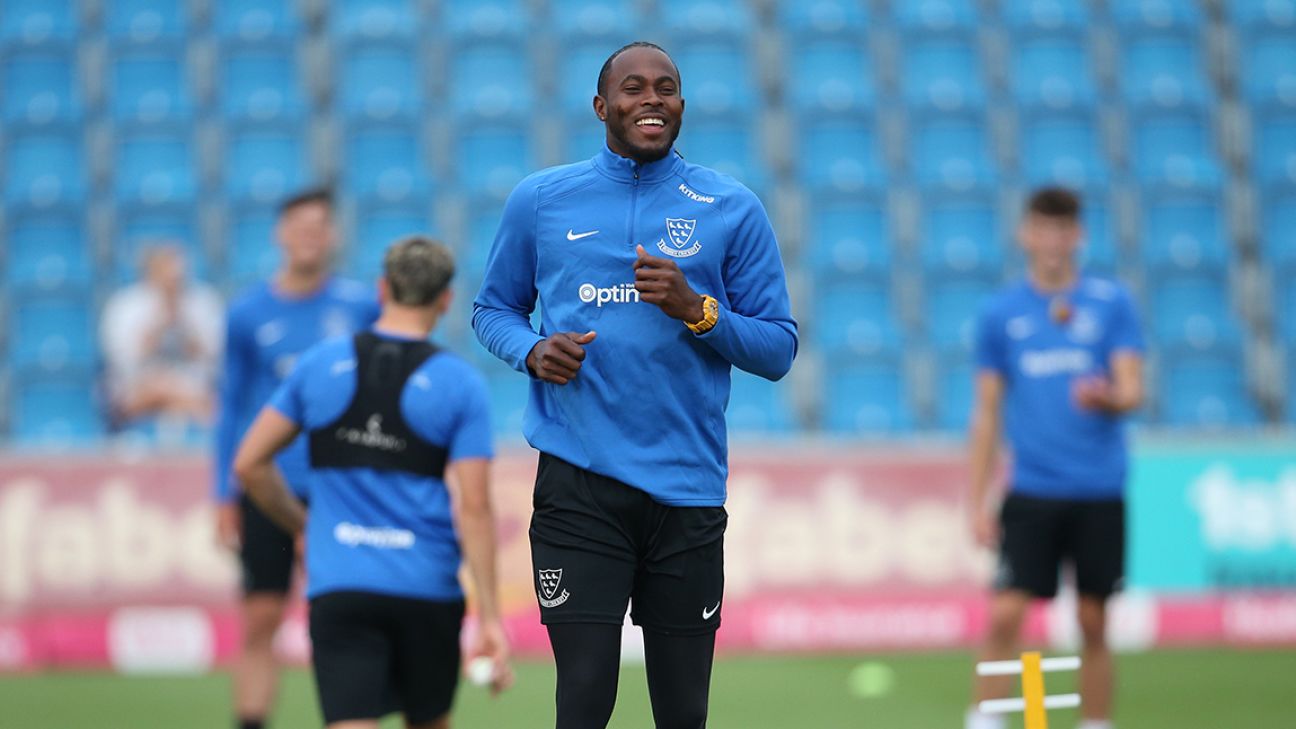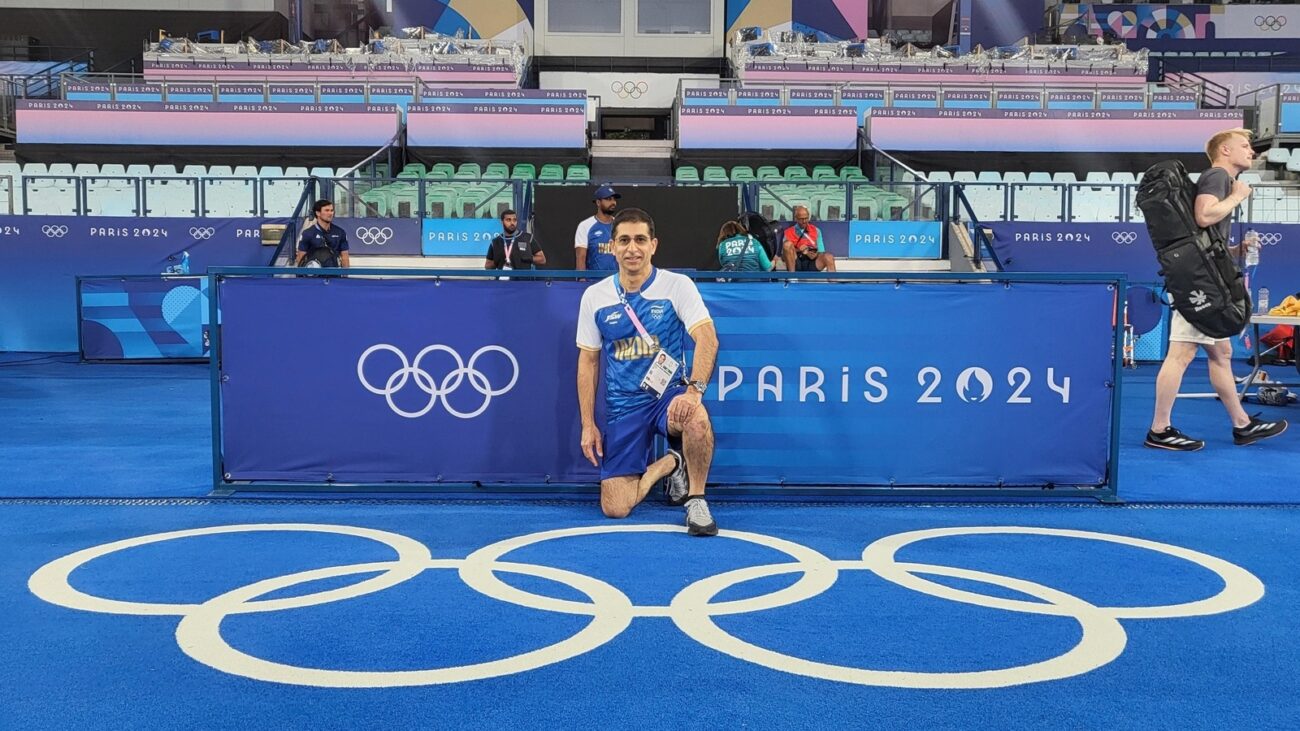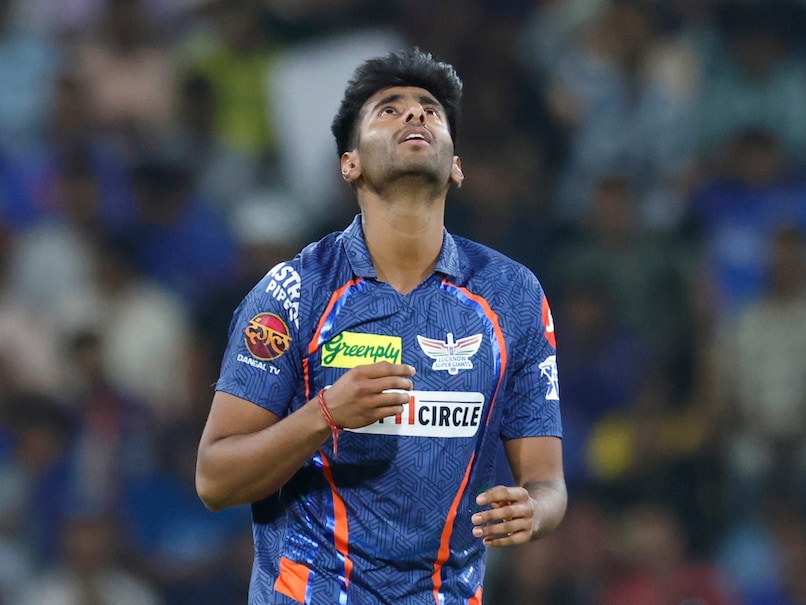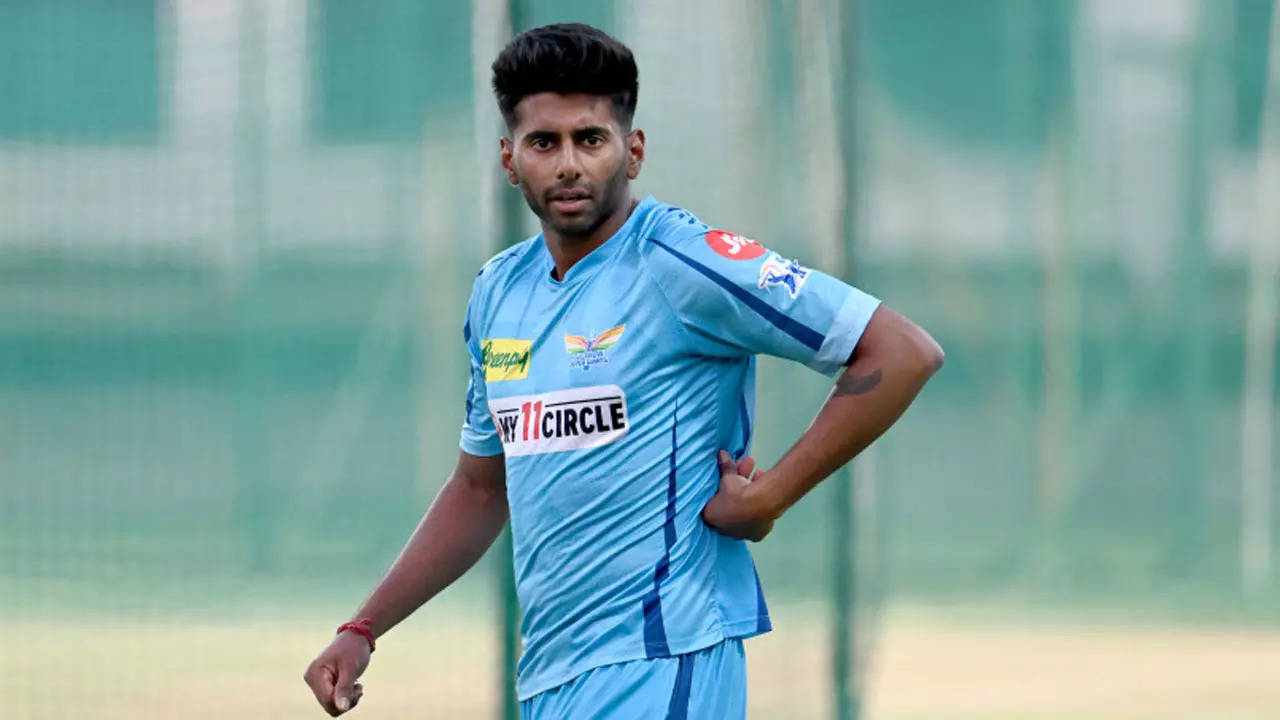IPL Tightens Rules to Prevent Overseas Player Withdrawals
Overseas Players Face Stricter IPL Rules to Prevent Withdrawals
The Indian Premier League (IPL) has implemented new regulations to discourage overseas players from withdrawing after being auctioned. These rules aim to ensure player availability and prevent disruptions for franchises.
Mandatory Registration and Availability
Overseas players must now register for the mega auction. Failure to do so will make them ineligible for the subsequent mini-auction. Once registered and selected, players must remain available throughout the season.
Penalties for Withdrawals
If an overseas player withdraws before the season starts without a valid reason, such as a confirmed injury by their home board, they will face a two-season ban from the tournament and player auctions.
Fitness Assessment and Reporting
Players with a history of recurring injuries, like Ben Stokes, must undergo a fitness assessment by the National Cricket Academy (NCA) if they participate in the IPL mega auction and subsequently get injured. If they withdraw after the assessment, they must report to the BCCI’s medical team or risk missing the next two seasons of IPL.
Capped Fee for Mini-Auctions
To further deter withdrawals, the IPL has capped the maximum fee for overseas players at mini-auctions. This fee will be the lowest of the highest retention price and the highest auction price from the mega auction.
Impact on Overseas Players
These new rules require overseas players to carefully consider their availability and fitness before participating in the IPL. Failure to comply with the regulations could result in significant penalties that could impact their careers.

